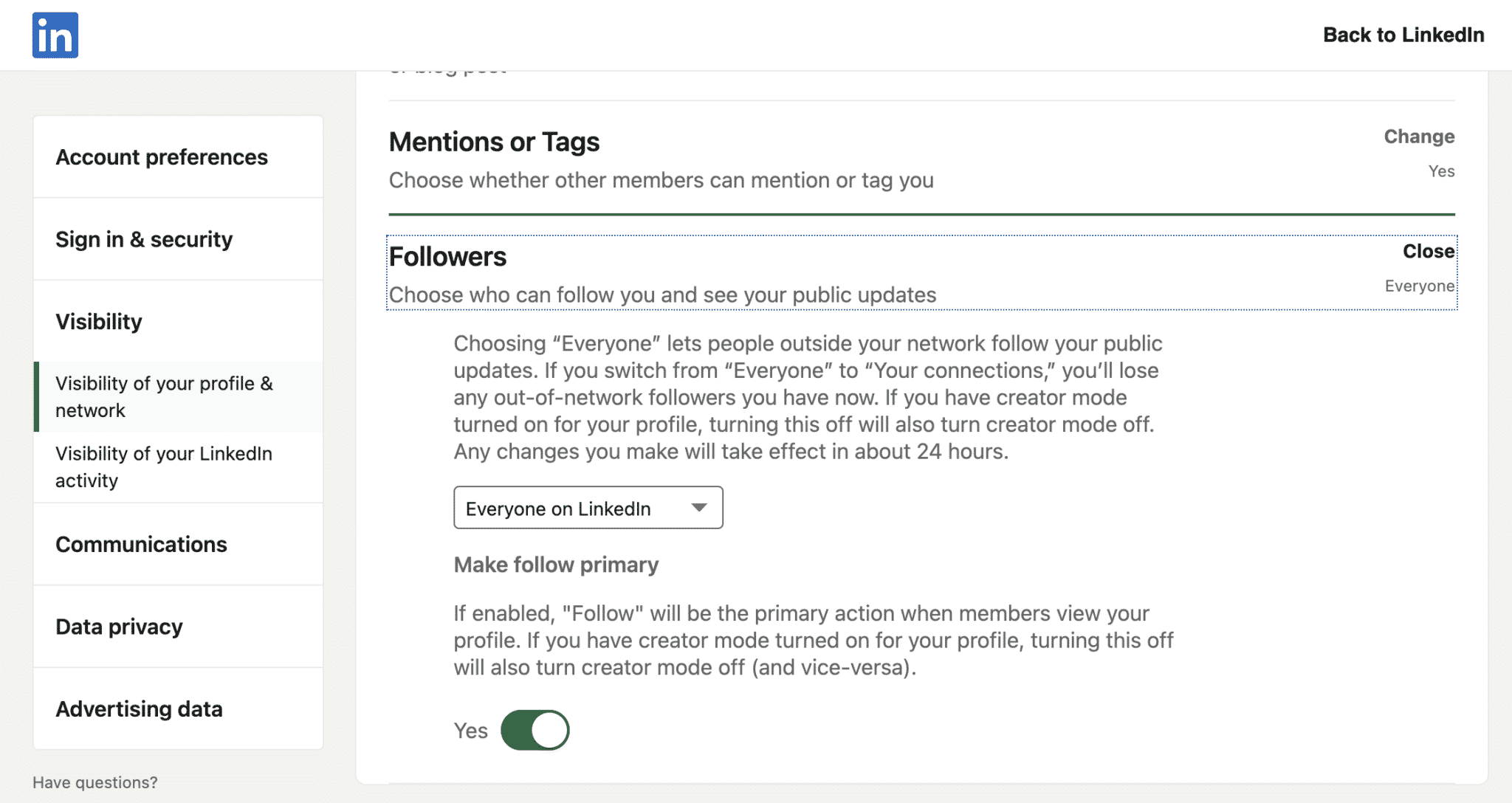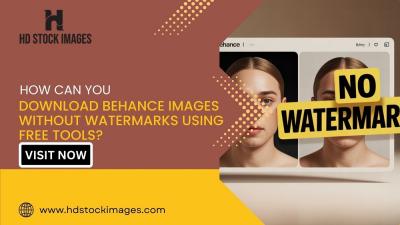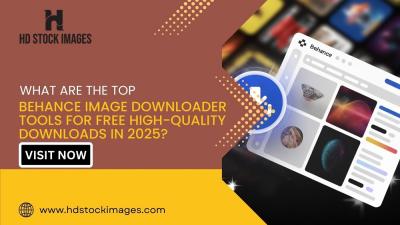LinkedIn is more than just a professional networking site; it's a platform where users connect, share, and seek opportunities. However, with great connectivity comes the need for privacy. LinkedIn has introduced several privacy features to ensure users feel secure while engaging. It’s essential to understand these features, especially as they evolve to meet user expectations and concerns. Let's dive into what
Do LinkedIn Users Get Notified About Screenshots?

One of the most pressing questions among LinkedIn users is whether the platform notifies users when someone takes a screenshot of their profile or content. As of now, LinkedIn does not have a feature that alerts users about screenshots. This means you can freely capture content without worrying about notification pings. However, this brings up significant discussions around privacy and ethical considerations.
Here are a few key points to consider:
- No Screenshot Notifications: Unlike platforms such as Snapchat or Instagram Stories, LinkedIn does not track or notify users about screenshots.
- Professional Content: Users often share valuable insights, articles, and personal achievements. The absence of screenshot notifications can lead to misuse of this information.
- Ethical Considerations: Just because you can take a screenshot, does it mean you should? Think about the professional courtesy of sharing or discussing someone else's content.
While LinkedIn fosters an environment for sharing and connecting, users should be mindful of how they handle and share information. Here are some tips to protect your own privacy while using the platform:
- Adjust Your Privacy Settings: Review your privacy settings regularly to control who can see your profile and posts.
- Be Selective with Connections: Only connect with individuals you know or trust, as this can limit unwanted exposure.
- Stay Vigilant: If you notice your content being shared widely, consider reaching out to the individual to discuss it.
In conclusion, while LinkedIn does not notify users about screenshots, it's crucial to engage responsibly and ethically. As the platform evolves, it’s good practice to stay informed about potential changes, especially in an age where digital privacy concerns are increasingly pertinent.
Also Read This: Crafting an Eye-Catching Work Anniversary Post on LinkedIn
3. The Importance of Privacy on Social Media Platforms
In today's digital age, where social media is a fundamental part of our lives, understanding privacy is more crucial than ever. With billions of users sharing personal details, pictures, and thoughts, the question arises: how safe are we really? Privacy on social media platforms like LinkedIn is not just about keeping your information secure; it's about maintaining control over your personal narrative.
Why Does Privacy Matter?
- Personal Security: Sharing too much can lead to identity theft or stalking. For professionals, this could mean unwanted attention from recruiters or even malicious actors.
- Reputation Management: Everything you post contributes to your digital footprint. A careless comment or an inappropriate photo can haunt you during job searches.
- Data Control: Many platforms profit from selling your data. Understanding privacy settings allows you to manage what information is shared and with whom.
Take, for example, the recent changes in how platforms handle data breaches and user consent. With incidents like the Cambridge Analytica scandal still fresh in our minds, it's clear that users must be proactive about their online privacy. LinkedIn, being a professional networking site, has unique dynamics that make privacy even more pertinent. Employers may look through your LinkedIn profile to gauge your professional demeanor, making it essential to curate what you share.
Also Read This: How to Find Saved Items on LinkedIn
4. How to Protect Your Privacy on LinkedIn
Now that we understand the importance of privacy, let’s dive into practical steps you can take to protect yourself on LinkedIn. The platform offers several features that can help you maintain your privacy while still networking effectively.
1. Adjust Your Profile Settings:
- Go to Settings & Privacy in your LinkedIn profile.
- Review each section—especially Visibility and Sharing Options—to control who can see your connections, profile updates, and activity.
2. Manage Connection Requests:
Being selective about who you connect with is vital. You can restrict your profile visibility to only your connections, ensuring that only those you trust can see your information.
3. Customize Your Public Profile:
LinkedIn allows you to customize what information is public. If you don’t want your profile to be indexed by search engines, you can toggle off your public visibility. This way, only your connections can see your full profile.
4. Be Cautious with Endorsements and Recommendations:
While endorsements and recommendations can enhance your profile, they also share your connections and professional history. Only solicit endorsements from people you trust and feel comfortable sharing your professional information with.
5. Regularly Review Third-Party Apps:
LinkedIn allows third-party applications to access your profile information. Regularly check which apps you’ve authorized and revoke access if you no longer use them. This step minimizes potential exposure to your data.
By implementing these practices, you’ll not only protect your privacy but also enhance your professional presentation. Remember, your LinkedIn profile is often your first impression in the professional world, so make it count!
Also Read This: How to Write and Publish an Engaging Article on LinkedIn
5. Common Misconceptions About LinkedIn Notifications
LinkedIn notifications can often feel like a maze of confusion, especially when it comes to understanding what they actually mean and how they impact your privacy. Here are some common misconceptions that might be clouding your judgment:
- Misconception 1: Everyone Can See My Notifications
Many users believe that their every move on LinkedIn, including notifications, is public. The truth is that notifications are usually visible only to your immediate network and not to everyone on the platform. It’s more about your connections being notified of your updates, rather than the entire LinkedIn audience. - Misconception 2: All Notifications Indicate a Screenshot
Some users think that every notification signifies someone has taken a screenshot of their profile. In reality, screenshot notifications are rare and are specifically designed to inform you when someone takes a screenshot of your profile or any of your content. Most notifications relate to connection requests, endorsements, or comments. - Misconception 3: Notifications Are Always Accurate
Users sometimes assume that notifications are flawless. However, there can be delays or errors in notifications. For instance, you might receive a notification days after someone has viewed your profile, which can lead to confusion about who is truly interested in your professional life. - Misconception 4: Privacy Settings Don’t Matter
Some people believe that no matter how they adjust their privacy settings, notifications will still expose them. This is misleading. LinkedIn provides various privacy options. By taking the time to explore these settings, you can significantly limit what others see regarding your activity. - Misconception 5: My Profile Is Invisible Unless I Interact
Another common thought is that your profile is invisible until you like or comment on something. This isn’t entirely true. If your profile is public, anyone can view it, regardless of your engagement on the platform. Adjusting your profile visibility is crucial if you want to control who sees your information.
Understanding these misconceptions can help you navigate LinkedIn notifications more effectively and protect your privacy. Always stay informed about what you share and how notifications work, so you can make the most out of your LinkedIn experience.
6. Conclusion: Navigating Privacy on LinkedIn
In a world where professional networking increasingly relies on platforms like LinkedIn, understanding privacy and notifications is crucial. As we've discussed, LinkedIn's screenshot notifications serve as a double-edged sword—they can protect your privacy by alerting you to potential interest while also raising concerns about who’s watching you.
To navigate this landscape:
- Be Proactive About Your Settings: Regularly review and update your privacy settings. LinkedIn allows you to control who sees your profile and activity, so customize these settings to suit your comfort level.
- Educate Yourself: Stay informed about LinkedIn’s features, including notifications and how they function. Understanding these tools will empower you and help you use the platform more effectively.
- Engage Wisely: Consider your interactions on the platform carefully. While likes and comments can increase your visibility, they also make your actions more public. Balance visibility with privacy.
- Connect Thoughtfully: Be selective about who you connect with. Not only does this affect your network, but it also determines who receives notifications about your activity.
Ultimately, LinkedIn is a powerful tool for career growth and networking. By being aware of the implications of notifications and taking steps to protect your privacy, you can leverage the platform effectively while maintaining control over your professional presence. Happy networking!
 admin
admin








